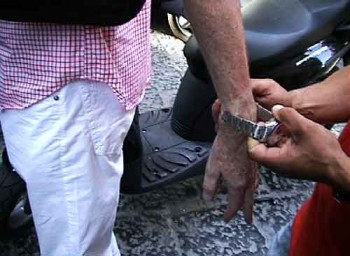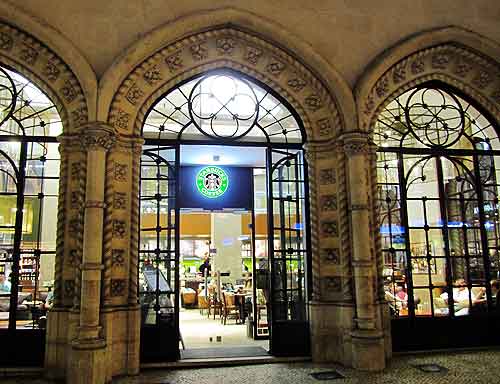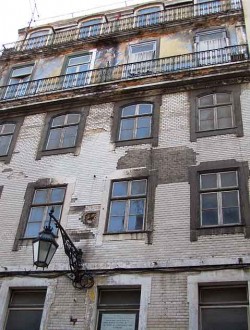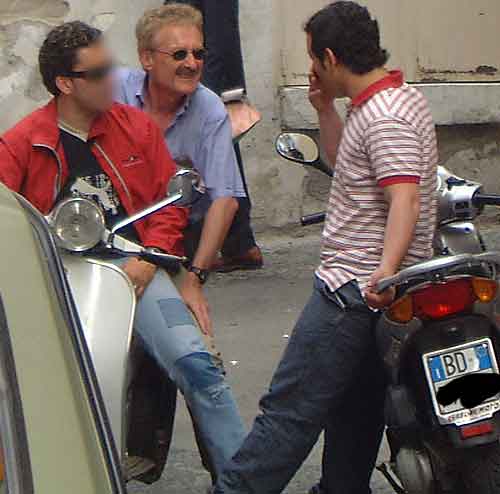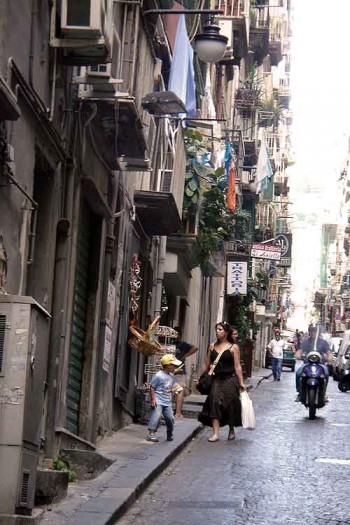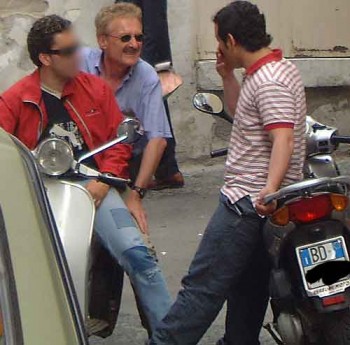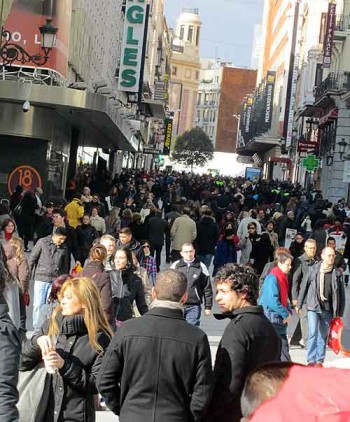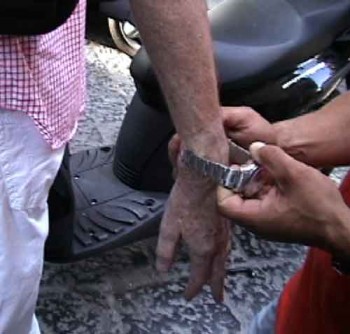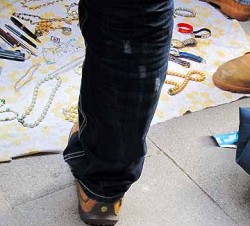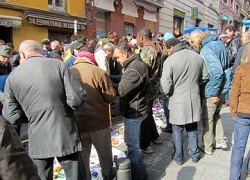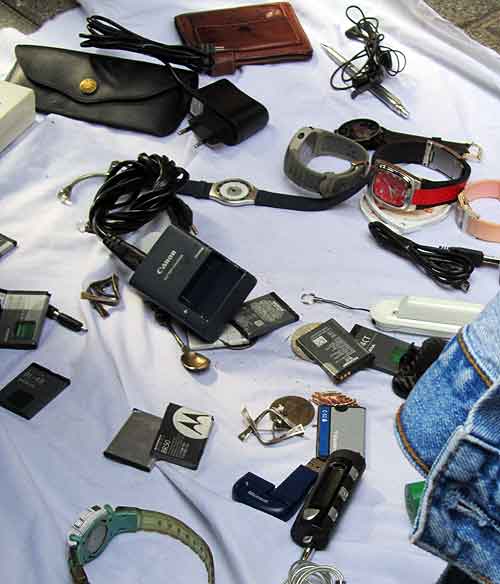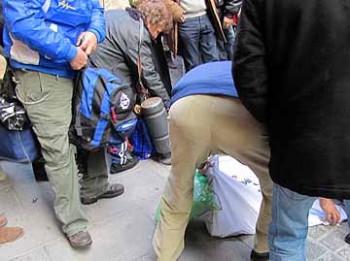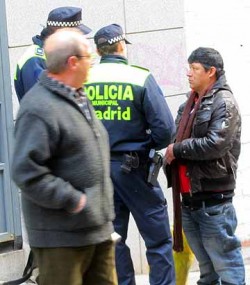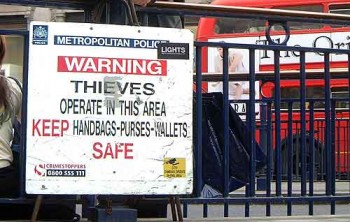
Traveler Tim Hopkins reports on an “ingenious cab scam theft.”
Lessons learned, disaster averted
I recently purchased two copies of your book, one for me, and one for my father. We had planned a trip to Africa, and after reading the book, I wanted to be ready! I had purchased a PacSafe Wallet Safe, with a zippered opening, and a pretty strong chain. While in Addis Ababa, Ethiopia, we were victims of a cab-theft scam that was ingenious! The hotel had arranged a cab for us, and when he dropped us off at the restaurant, we exchanged cell numbers, and tested them. He said to call for our ride home, and left.
The cab scam
After dinner, we called him, and he said he’s be there in 5 minutes. Exactly five minutes later, another similar cab (they are all very dilapidated and patched-up) shows up, and flags us to come get in. Dad asked the driver if he had been sent for us, and of course he said, “yes, yes, come on!”, so we got in. As he started to roll away, he asked us where we wanted to go. I realized he wasn’t our guy, and told him to pull over and let us out. He said, “no problem”, and pulled over. Small problem, though—he had removed the inside door handles! I tried to get the door open, as did Dad from the back seat—and the guy starts to reach across my lap (I am in the front seat), pulling on some wires he had rigged in the door, yelling “push, push!,” and causing quite a fuss. He “couldn’t get it open,” and had me sit more forward, hollering and fussing, and pushing, and slid down behind me to work the door. “Push, push!” “I am pushing!,” jostle, fuss, fuss, yell—quite a scene in that little cab! Finally the door pops open, and I pop out. Dad didn’t wait for his turn, and came over the front seat and out. The guy shut the door, and took off. I reach behind me, and no wallet! Just a dangling chain, broken or cut about halfway down!
Fortunately, I had followed your advice, and this was a ‘disposable’ travel wallet, with around $100.00 worth of local money, two of my four cards, and a license; mostly very replaceable stuff. Essentially it was his to steal, and he got it! The beauty of it was that for a hundred bucks and three phone calls, I got a combat lesson in what “the fuss” feels like. We were both astounded at how we had prepared, yet were still unable to recognize the escalation of the situation. This has let to our adopting some new policies!
-
- 1. Use only verified cabs. We should have waited for the driver, specifically.
-
- 2. When traveling together, we always get in the cab one at a time, and the first one looks it over. Especially for door handles!
-
- 3. We should recognize “the fuss,” and when it starts, should both say “stop, lets settle down a second here,” and reassess.
- 4. Splitting up travel wallets is mandatory, and works when all else fails.
I also bought a Pacsafe DuffelSafe and Pacsafe backpack, which are both slash-resistant, and lockable (also with a cable for securing to an object). These were both great for the hotel and when leaving bags in the car for things like shopping or our safari.
Thanks again—you have a fascinating job.
Happy travels!
Tim and Don Hopkins




